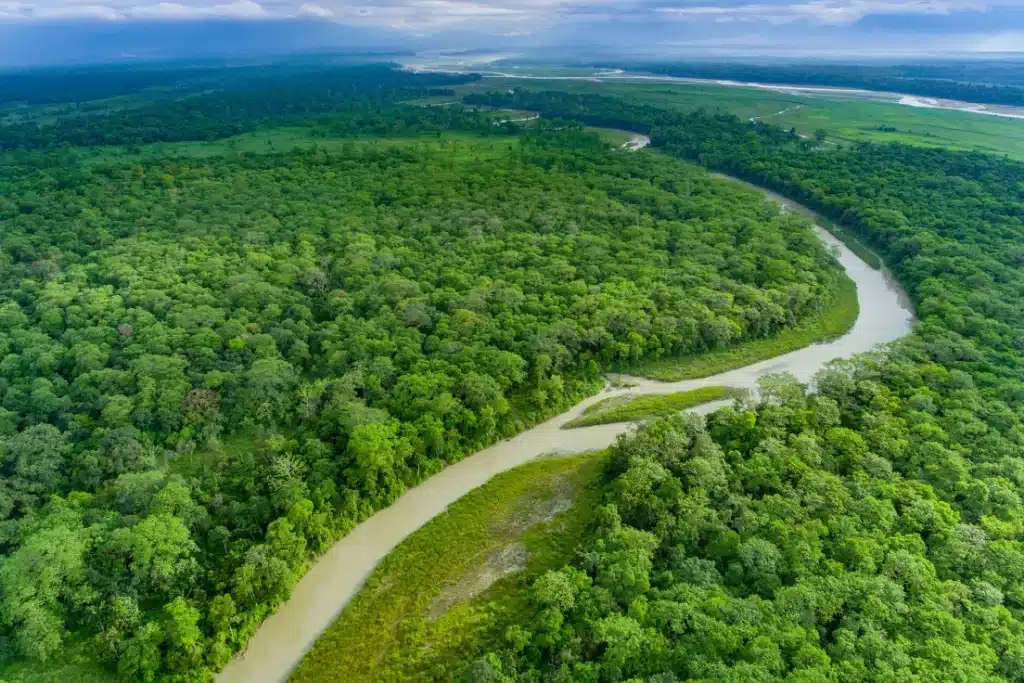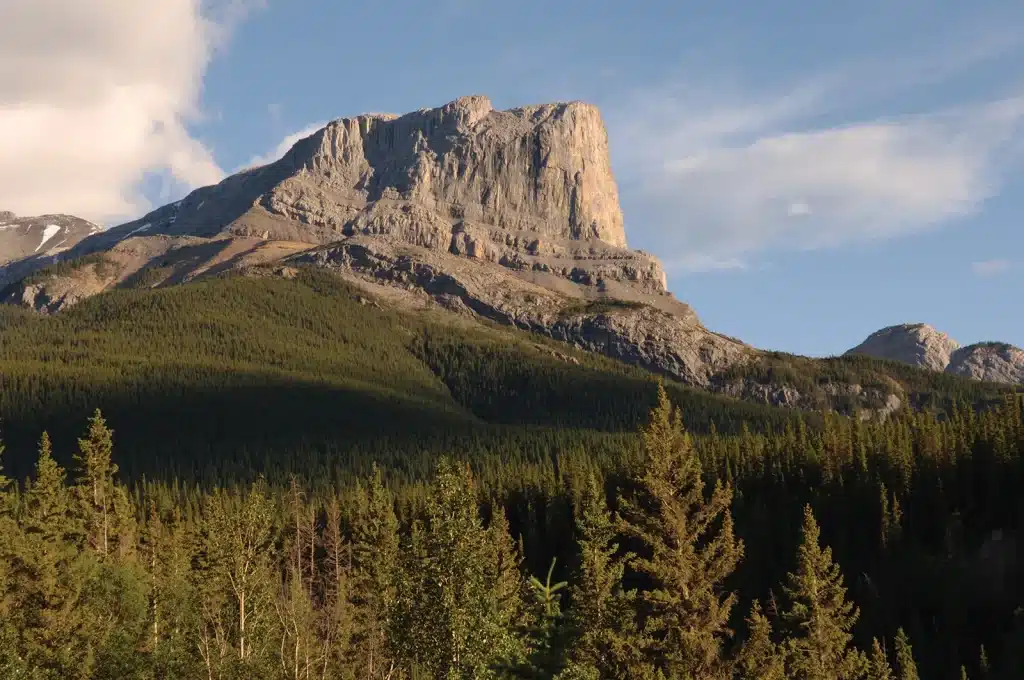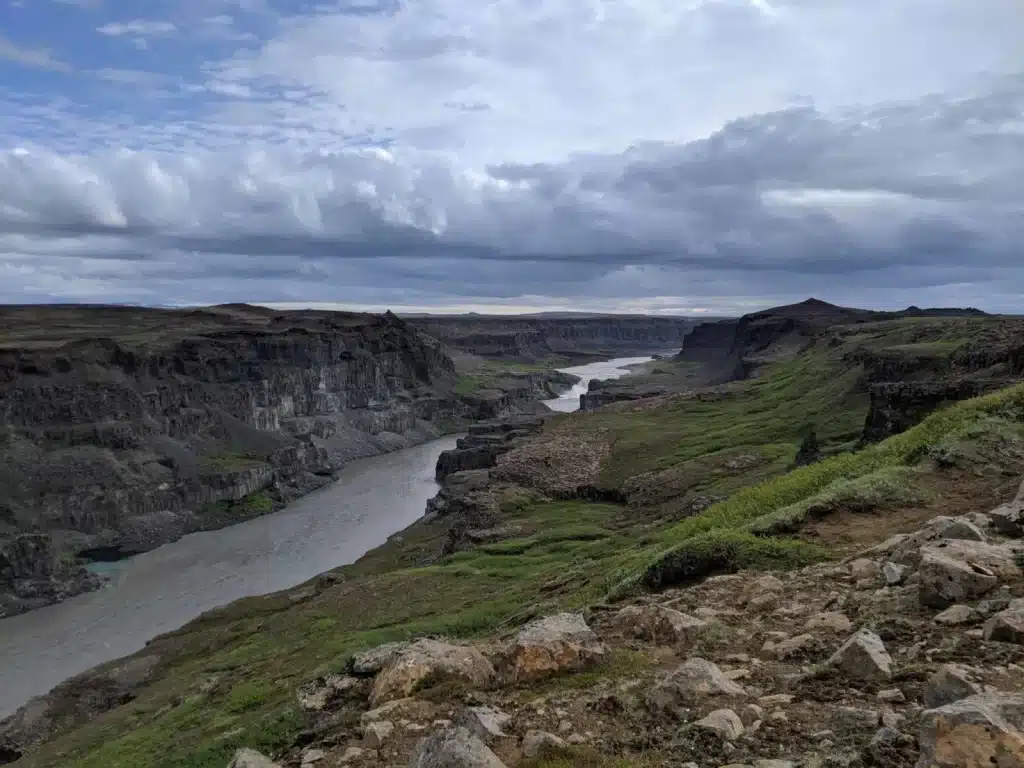Preserving the Earth’s remarkable biodiversity and natural environment is essential.
Wildlife and nature reserves are vital sanctuaries that protect vulnerable species and fragile ecosystems.
These havens offer unparalleled chances to immerse oneself in nature’s splendor and witness awe-inspiring flora and fauna.
Reserves beginning with ‘J’ hold special significance.
They encompass diverse landscapes and habitats, from lush rainforests brimming with life to rugged desert terrain sheltering rare creatures.
This article highlights 23 extraordinary ‘J’ reserves worldwide, inviting you to explore nature’s marvels.
Asia
1. Jim Corbett National Park, India
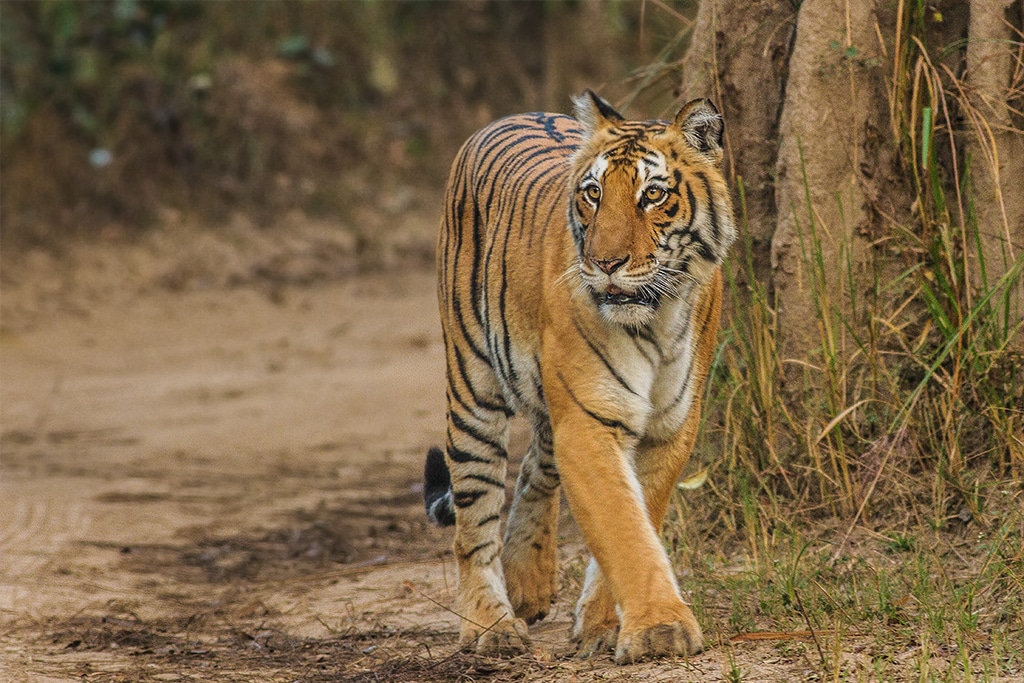
Jim Corbett National Park is a haven for nature enthusiasts, renowned worldwide for its majestic Bengal tigers.
It is with magnificent creatures in their natural habitats, including diverse landscapes ranging from dense sal forests to vast grasslands.
Beyond tigers, Jim Corbett boasts diverse flora and fauna, including elephants and leopards, attracting avid birdwatchers.
The park’s rich birdlife draws nature enthusiasts from around the globe, eager to glimpse rare species in their natural surroundings.
Key Highlights
Prime location for spotting Bengal tigers in the wild.
Hosts a rich biodiversity, including over 600 bird species.
- Best time to visit: November to June (dry season) for optimal wildlife viewing.
- Accommodation options: From luxury resorts to budget-friendly stays within the park.
- Popular activities: Jeep safaris, elephant safaris, birdwatching, nature walks.
- Rich cultural heritage: Explore ancient temples and traditional villages nearby.
2. Jaldapara National Park, India
Jaldapara National Park is a celebrated West Bengal site focused on preserving the endangered Indian rhinoceros.
Visitors can observe these grand creatures in the park’s extensive grasslands and dense forests.
The park’s ecosystem supports various bird species, making it an ideal spot for enthusiasts.
From the regal greater adjutant stork to the lively Asian paradise flycatcher, Jaldapara is a hub for avian diversity.
With its serene environment and strong conservation programs, this park offers a unique opportunity to see effective preservation.
Key Highlights
Premier location for observing the endangered Indian rhinoceros.
Hosts an array of bird species, including the rare greater adjutant stork.
- Best time to visit: October to May, when the climate is most favorable for wildlife spotting.
- Accommodation options: Ranges from forest lodges to eco-friendly resorts nearby.
- Popular activities: Elephant rides, jeep safaris, bird watching, and nature trails.
- Cultural exploration: Engage with local communities and experience traditional customs.
3. Jiuzhaigou Valley, China
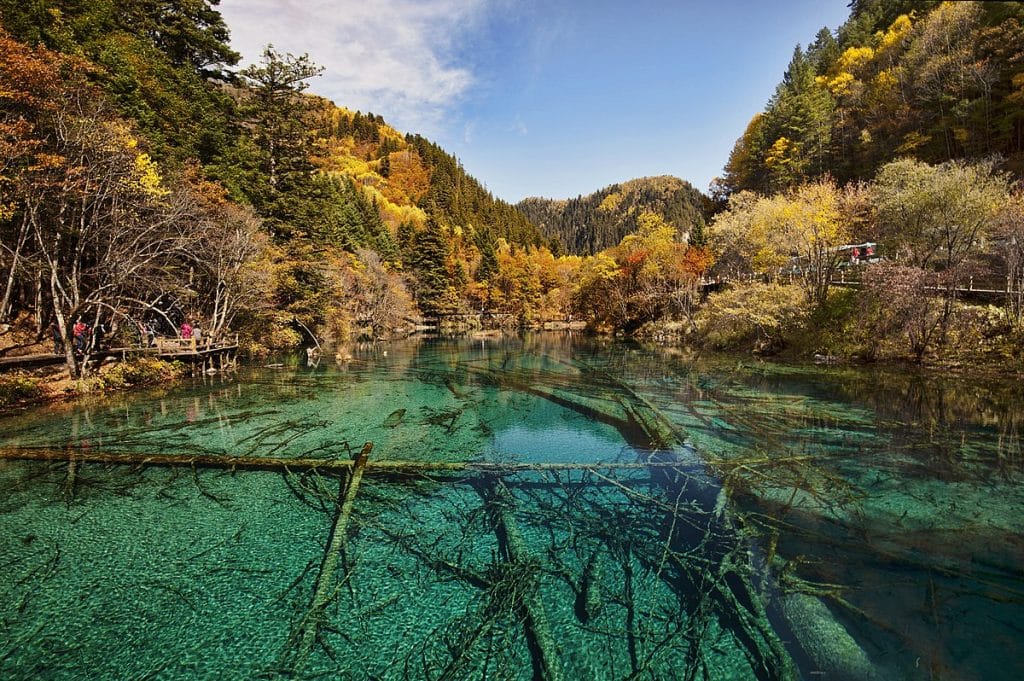
Jiuzhaigou Valley, a UNESCO World Heritage Site, is a masterpiece of natural beauty in Sichuan Province.
Renowned for its tiered waterfalls and vibrant lakes, the reserve is a visual feast of colors influenced by its mineral-rich waters.
Pristine forests surround the valley and are home to an assortment of species, including the giant panda and golden monkey, enhancing its status as a biological treasure.
Visitors can traverse numerous trails that offer intimate encounters with the park’s scenic beauty and ecological diversity.
Key Highlights
It is famous for its vividly colored lakes and multi-tiered waterfalls.
A natural habitat for notable species such as giant pandas.
- Best time to visit: Late spring and early autumn for optimal weather and fewer crowds.
- Accommodation options: Eco-hotels and guesthouses within and near the reserve.
- Popular activities: Hiking, photography, and cultural tours of local Tibetan villages.
- Local culture: Discover rich Tibetan customs and handicrafts in nearby communities.
4. Jingpo Lake National Forest Park, China
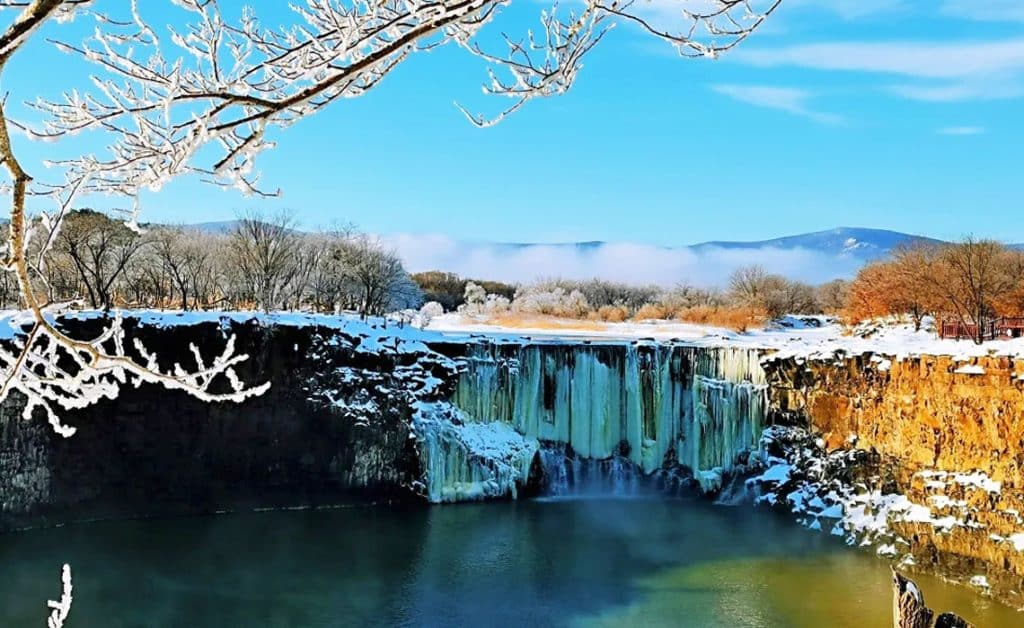
In the picturesque Yunnan Province, Jingpo Lake National Forest Park is renowned for its volcanic landscape and the tranquil Jingpo Lake.
The park’s geology, including basalt terraces and hot springs, offers visitors a unique natural environment to explore.
The lake, set against a backdrop of lush forests and towering mountains, is the centerpiece of this diverse ecosystem, supporting various plant and bird species.
Trails throughout the park allow for immersive experiences in this distinctive volcanic terrain.
Key Highlights
Distinctive volcanic features, including basalt terraces.
The serene Jingpo Lake is surrounded by diverse natural beauty.
- Best time to visit: Spring and autumn for mild weather and scenic beauty.
- Accommodation options: Range from lakeside cabins to resort hotels.
- Popular activities: Boating on Jingpo Lake, hiking volcanic trails, and thermal springs.
- Cultural insights: Explore local Manchu culture through village visits and traditional festivals.
5. Jhalana Nature Reserve, India
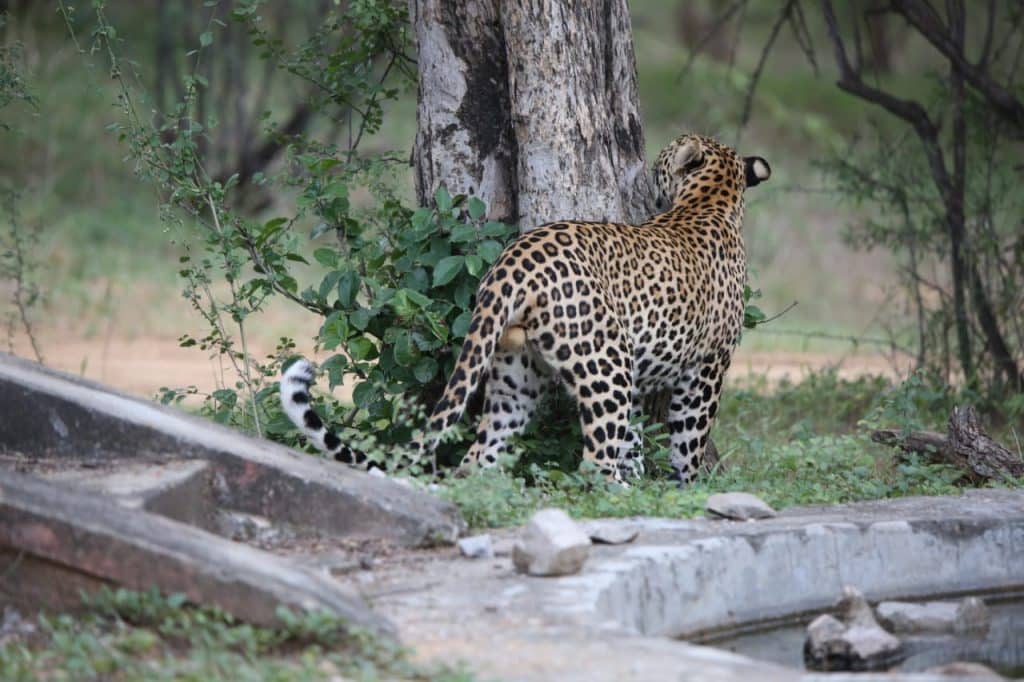
In Jaipur’s urban setting, Jhalana Nature Reserve offers a rare glimpse of leopards in their natural environment.
The reserve’s varied landscape of rocky outcrops and lush forests creates an ideal habitat for these elusive big cats.
Besides leopards, Jhalana supports a diverse ecological community, including antelopes and over 180 bird species, making it a significant urban biodiversity site.
Its proximity to Jaipur city makes Jhalana a convenient and educational escape for nature lovers and wildlife enthusiasts.
Key Highlights
A unique urban setting for leopard sightings.
Accessible nature getaway with a rich array of flora and fauna.
- Best time to visit: Year-round, cooler months are ideal for animal sightings.
- Accommodation options: Jaipur Hotels cater to various budgets and preferences.
- Popular activities: Leopard safaris, birdwatching, photography tours.
- Local interaction: Participate in conservation talks and community-led wildlife tours.
Africa
6. Jozani Chwaka Bay National Park, Tanzania

Jozani Chwaka Bay National Park, situated on Zanzibar Island, is dedicated to conserving the rare red colobus monkey.
Its lush mangrove forests and coastal ecosystems provide a unique habitat for these endangered primates.
The park is a haven for the red colobus monkey and supports various birds, such as the Zanzibar red bishop and the Pemba green pigeon, making it a significant spot for birdwatching.
The intertwining trails allow visitors to explore the dense mangroves and spot diverse wildlife, offering a closer connection to the island’s natural splendor.
Key Highlights
It is the only habitat for the endangered red colobus monkey.
Rich in diverse bird species and unique mangrove ecosystems.
- Best time to visit: June to October, during the dry season for optimal wildlife viewing.
- Accommodation options: Eco-lodges and local guesthouses in surrounding areas.
- Popular activities: Guided nature walks, mangrove tours, primate watching.
- Cultural experiences: Visit local villages and learn about Zanzibar’s cultural heritage.
7. Jebel Toubkal National Park, Morocco
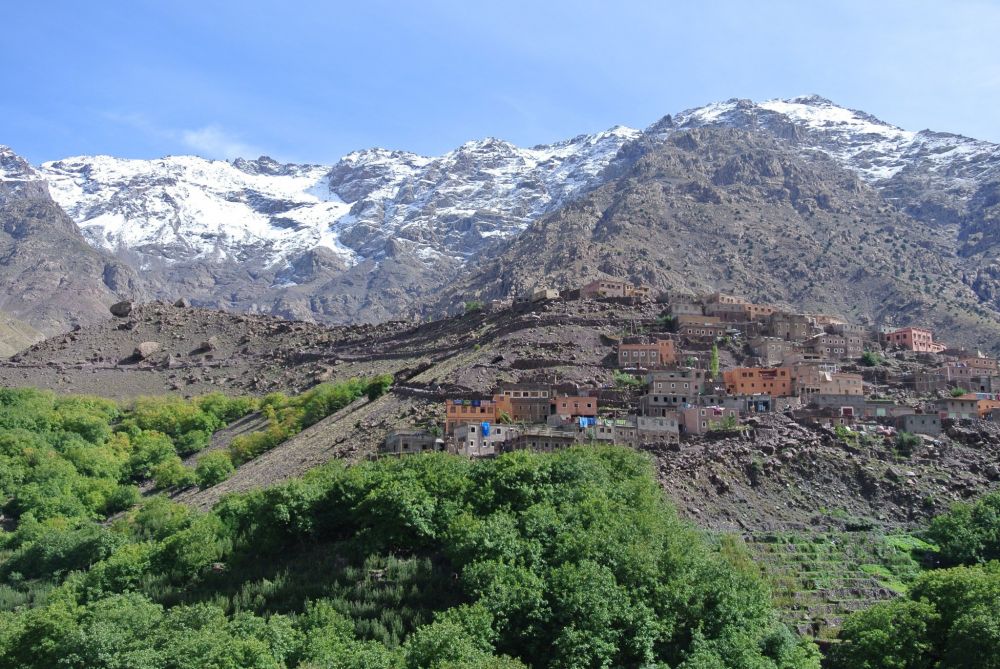
Jebel Toubkal National Park, located in the High Atlas Mountains, is named after Mount Toubkal, the highest peak in North Africa.
This park offers adventurers rugged landscapes, from snow-capped peaks to lush valleys.
The diverse terrain is home to Barbary macaques and the endangered Cuvier’s gazelle, providing rich opportunities for wildlife observation.
Hikers can tackle challenging trails that offer panoramic views and a glimpse into Berber communities’ traditional life within the mountains.
Key Highlights
Home to North Africa’s highest peak, Mount Toubkal.
Habitat for unique wildlife, including Barbary macaques.
- Best time to visit: May to September for favorable mountain trekking conditions.
- Accommodation options: Mountain refuges and local guesthouses.
- Popular activities: Mountain trekking, cultural tours, wildlife observation.
- Local life: Engage with Berber communities and explore their culture.
8. Jaragua National Park, Dominican Republic
Jaragua National Park, positioned on the Dominican Republic’s southwestern coast, is a critical area for marine biodiversity.
This park’s marine areas, beaches, and mangrove forests support many species, including several endangered ones.
It’s not just about the beaches; the protected waters of Bahía de las Águilas are known for their crystal-clear visibility and vibrant underwater life, making it a popular spot for snorkeling and diving.
Visitors can enjoy the unique coastal and marine ecosystems blend, observing everything from iguanas to tropical birds.
Key Highlights
A sanctuary for diverse marine life and endangered species.
Features one of the clearest waters in the Caribbean for snorkeling.
- Best time to visit: December to April for the best weather and wildlife viewing.
- Accommodation options: Eco-friendly lodges and beachside campsites.
- Popular activities: Snorkeling, birdwatching, exploring mangrove forests.
- Environmental conservation: Participate in local conservation projects and environmental education programs.
9. Janjanbureh Island National Park, Gambia

Janjanbureh Island National Park, situated on the Gambia River, is prime for bird enthusiasts.
It hosts over 300 bird species, including the iconic African fish eagle and vibrant purple heron.
The park’s boat safaris on the Gambia River offer unique vantage points for witnessing the diverse birdlife and other wildlife, such as hippos and crocodiles.
Its riverine forests and mangrove swamps not only provide essential habitats for wildlife but also scenic beauty that attracts nature lovers from around the world.
Key Highlights
Renowned for a high diversity of bird species.
Offers distinctive boat safaris for enhanced wildlife viewing.
- Best time to visit: November to April when migratory birds are present.
- Accommodation options: Riverside lodges and local guesthouses.
- Popular activities: Birdwatching boat tours, wildlife safaris.
- Cultural interactions: Explore local communities and learn about Gambian traditions.
10. Jemma Valley Protected Landscape, Ethiopia

Ethiopia’s Jemma Valley Protected Landscape is known for its breathtaking natural beauty and cultural richness.
It features towering rock formations and ancient, rock-hewn churches.
The landscape’s geological and archaeological sites uniquely blend natural and historical exploration opportunities.
Visitors can hike through this rugged terrain, discovering endemic wildlife like the Ethiopian wolf and absorbing views of vast, untouched wilderness.
Key Highlights
Combines stunning natural landscapes with significant archaeological findings.
A haven for endemic species like the Ethiopian wolf.
- Best time to visit: September to March for ideal hiking weather.
- Accommodation options: Eco-lodges and community guesthouses.
- Popular activities: Hiking, cultural tours, wildlife watching.
- Historical exploration: Visit ancient churches and historical sites scattered throughout the valley.
The Americas
11. Jasper National Park, Canada
Jasper National Park is the largest park in the Canadian Rockies, recognized as a UNESCO World Heritage Site for its vast wilderness and biodiversity.
This park serves as a sanctuary for various wildlife, including grizzly bears, elk, and caribou in their natural settings.
The extensive network of trails offers countless opportunities for exploration, ranging from serene walks by pristine lakes to challenging mountain treks.
Stargazers and photographers also treasure Jasper for its designation as one of the world’s largest dark sky preserves, providing spectacular night sky views.
Key Highlights
It is the most expansive national park in the Canadian Rockies.
It is known for its exceptional dark sky preserve status.
- Best time to visit: May to October for hiking; winter months for skiing and aurora viewing.
- Accommodation options: Campgrounds, lodges, and luxury hotels.
- Popular activities: Hiking, wildlife watching, stargazing, and winter sports.
- Environmental stewardship: Engage in conservation initiatives and educational programs.
12. Jean Lafitte National Historical Park and Preserve, USA
Jean Lafitte National Historical Park and Preserve protects the natural and cultural history of Louisiana’s Mississippi Delta region.
This area has diverse ecosystems, including bayous, marshes, and wetlands, each supporting varied wildlife from alligators to pelicans.
Visitors can explore these landscapes via boardwalks, trails, and boat tours, which offer immersive experiences in the area’s ecology and history.
The park is also historically significant, preserving critical battlegrounds and artifacts from the War of 1812.
Key Highlights
A vital conservator of both ecological and historical assets.
Houses significant historical sites from early American history.
- Best time to visit: Fall and spring for mild weather and optimal wildlife activity.
- Accommodation options: Nearby hotels and bed-and-breakfasts.
- Popular activities: Wildlife tours, historical site visits, and boat tours.
- Cultural insights: Participate in local cultural festivals and educational workshops.
13. Jaguar Reserve, Belize

The Jaguar Reserve in Belize stands out as the first of its kind and is dedicated to protecting Jaguars.
It spans a vast area of tropical forest and savanna, ideal for the habitat needs of the jaguar and other species such as tapirs and howler monkeys.
Guided safaris and night tours offer visitors a chance to spot these elusive big cats and a variety of other wildlife.
The reserve is also a model for sustainable tourism, working closely with local communities on conservation education and practices.
Key Highlights
The first reserve focused exclusively on jaguar conservation.
It offers unique wildlife viewing experiences, including night safaris.
- Best time to visit: The dry season, from December to May, offers the best wildlife viewing conditions.
- Accommodation options: Eco-lodges and jungle camps.
- Popular activities: Wildlife safaris, bird watching, educational tours.
- Community engagement: Support conservation efforts through participation in community-led initiatives.
14. J.N. “Ding” Darling National Wildlife Refuge, USA

Located in Florida, the J.N. “Ding” Darling National Wildlife Refuge is a critical habitat for over 245 bird species.
This refuge features a rich tapestry of mangrove forests, freshwater wetlands, and salt marshes, each providing key environments for diverse wildlife.
The four-mile Wildlife Drive and numerous trails allow exceptional birdwatching and photography opportunities, supplemented by educational tram tours.
Kayaking and fishing are also popular here, offering more ways to connect with the refuge’s natural beauty.
Key Highlights
Home to an extensive variety of bird species.
Features multiple habitats, from mangroves to salt marshes.
- Best time to visit: Winter for peak bird migration season.
- Accommodation options: Nearby Sanibel Island hotels and rentals.
- Popular activities: Birdwatching, kayaking, educational programs.
- Conservation efforts: Participate in habitat restoration and wildlife protection projects.
15. Joshua Tree National Park, USA
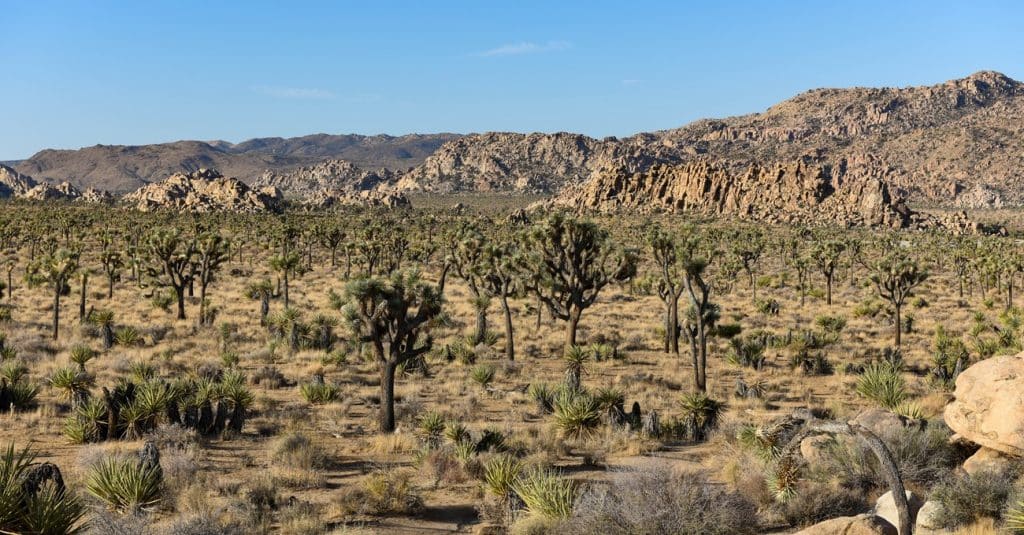
Joshua Tree National Park in Southern California is famed for its stark desert landscapes, characterized by rugged rock formations and the iconic Joshua trees.
This park is a sanctuary for various desert wildlife and offers numerous trails ranging from easy walks to challenging climbs.
Photographers and nature lovers alike are drawn to its unique geological features and the remarkable flora in this arid environment.
With clear desert skies, Joshua Tree is also a popular destination for stargazing, attracting astronomers and night sky enthusiasts.
Key Highlights
It is known for its distinctive Joshua trees and geologic features.
It is a favored spot for stargazing due to minimal light pollution.
- Best time to visit: Spring and fall for mild weather and wildflower blooms.
- Accommodation options: Campgrounds within the park and hotels in nearby towns.
- Popular activities: Rock climbing, hiking, photography, and stargazing.
- Community involvement: Volunteer for park maintenance and wildlife conservation programs.
16. Jackson Hole Wildlife Park, USA
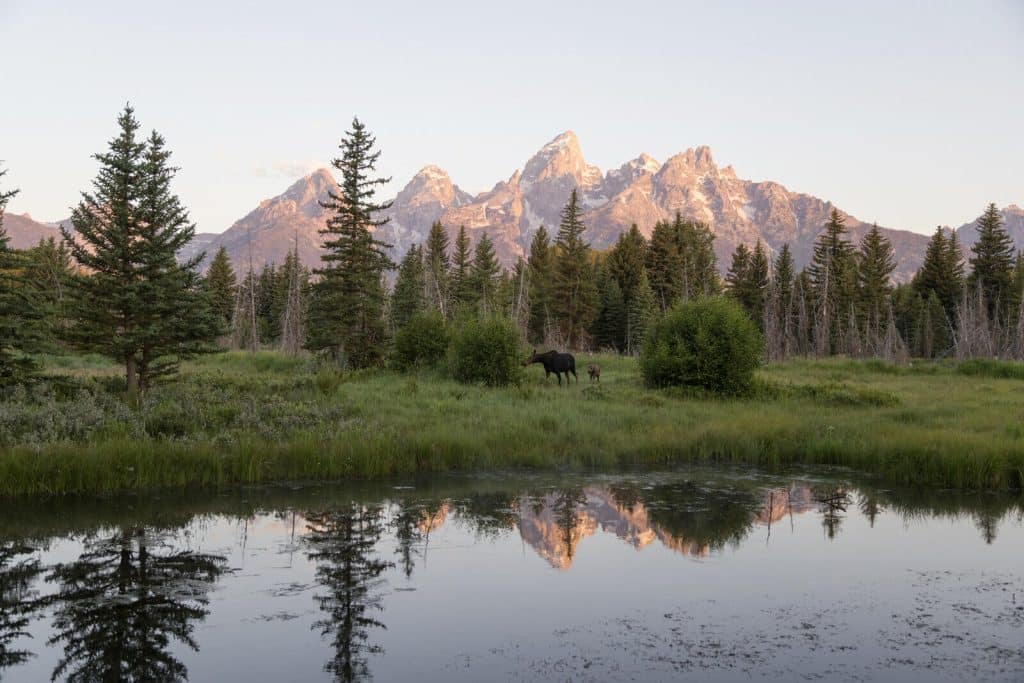
Jackson Hole Wildlife Park in Wyoming offers a unique window into the wildlife of the Yellowstone Ecosystem.
This park is home to iconic North American wildlife, including grizzly bears, wolves, bison, and elk, showcased in naturalistic habitats.
Educational tours and programs provide deeper insights into the behaviors and conservation of these animals, enhancing visitor understanding and appreciation.
The park also focuses on wildlife rehabilitation, aiming to return injured animals to their natural habitats whenever possible.
Key Highlights
Provides a glimpse into the Yellowstone Ecosystem’s diverse fauna.
Engages in significant wildlife rehabilitation efforts.
- Best time to visit: Summer for wildlife viewing and educational programs.
- Accommodation options: Nearby lodges and eco-resorts.
- Popular activities: Guided wildlife tours, educational workshops, and rehabilitation volunteering.
- Conservation participation: Support through donations and active volunteering in rehabilitation efforts.
17. Juruena National Park, Brazil
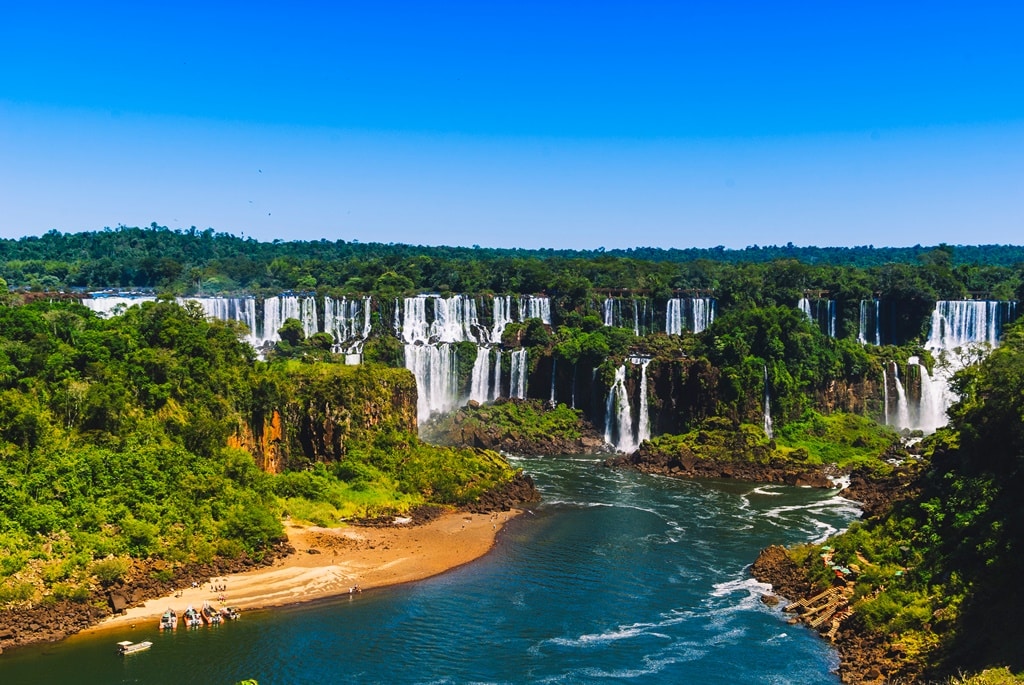
Juruena National Park is located in Brazil’s vast Amazon Rainforest.
It covers an expanse larger than many nations and boasts an unparalleled diversity of tropical wildlife.
This park is a critical conservation area for species such as jaguars, macaws, and countless other rainforest inhabitants.
Visitors can join guided tours that explore the dense forest and river systems, offering encounters with the park’s rich biodiversity and the Indigenous communities who call it home.
Juruena’s remote and untouched landscapes provide a true adventure for those looking to experience the heart of the Amazon.
Key Highlights
It is one of the Amazon’s largest and most biodiverse national parks.
It protects numerous indigenous territories and cultures.
- Best time to visit: Dry season from June to October for easier access and travel.
- Accommodation options: Eco-lodges and camping within the park.
- Popular activities: Rainforest expeditions, cultural exchanges, and wildlife photography.
- Cultural insights: Engage with indigenous communities to learn about traditional practices and environmental stewardship.
18. John Heinz National Wildlife Refuge at Tinicum, USA

John Heinz National Wildlife Refuge at Tinicum is an important green space in Philadelphia, preserving the largest freshwater tidal marsh in Pennsylvania.
This urban refuge is vital for migratory birds and provides a peaceful retreat for city dwellers.
The refuge offers trails and observation platforms ideal for birdwatching and experiencing local wildlife up close.
Environmental education programs and community events are regularly held to promote conservation awareness and engagement among visitors.
Key Highlights
Home to Pennsylvania’s largest freshwater tidal marsh.
A critical stopover for migratory birds.
- Best time to visit: Spring and fall for migratory bird watching.
- Accommodation options: Urban accommodations in Philadelphia.
- Popular activities: Birdwatching, educational programs, and community conservation events.
- Environmental education: Take part in workshops and guided tours to learn about local ecosystems.
Europe
19. Jabal Moussa Biosphere Reserve, Lebanon

Jabal Moussa Biosphere Reserve, a UNESCO-recognized site in Lebanon, is celebrated for its diverse Mediterranean ecosystems.
This reserve features a range of landscapes from forests to rocky slopes, providing habitats for numerous plant and animal species.
Hiking trails through the reserve offer breathtaking views, encounters with local wildlife, and access to historical sites, including ancient ruins that enrich visitors’ understanding of the area’s cultural heritage.
The reserve is also known for its efforts in community involvement and sustainable practices, enhancing conservation and local livelihoods.
Key Highlights
Diverse Mediterranean ecosystems with rich biodiversity.
Contains significant archaeological and cultural sites.
- Best time to visit: Spring and fall for ideal hiking conditions.
- Accommodation options: Guesthouses and eco-lodges in surrounding villages.
- Popular activities: Hiking, cultural tours, and wildlife observation.
- Sustainable tourism: Participate in eco-friendly initiatives and community-led tourism projects.
20. Julian Alps Biosphere Reserve, Slovenia
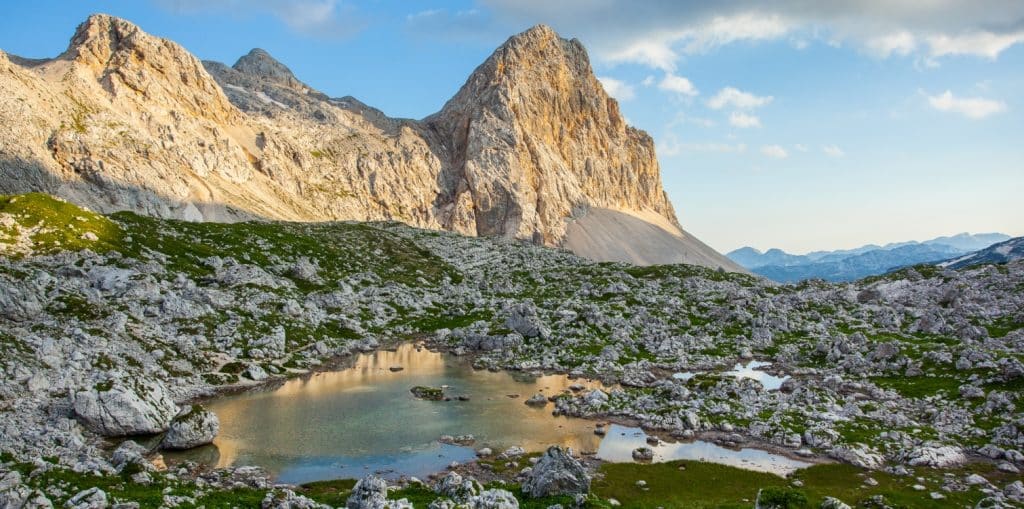
The Julian Alps Biosphere Reserve encompasses the stunning Triglav National Park in Slovenia, known for its majestic alpine landscapes.
This reserve offers rugged mountain scenery, glacial lakes, and rich biodiversity, making it a haven for adventurers and nature lovers.
The area is also a hotspot for environmental research and conservation efforts, helping to preserve its pristine condition and diverse ecosystems.
Visitors can engage in various outdoor activities, from hiking to more extreme sports, while enjoying the region’s natural beauty and cultural heritage.
Key Highlights
Features Triglav National Park, with its iconic alpine landscapes.
A center for biodiversity and conservation research.
- Best time to visit: Summer for hiking and winter for skiing.
- Accommodation options: Mountain huts and hotels in nearby towns.
- Popular activities: Alpine hiking, climbing, skiing, and cultural exploration.
- Conservation efforts: Get involved in preservation activities and environmental education programs.
21. Jökulsárgljúfur National Park, Iceland
Jökulsárgljúfur National Park, located in northeastern Iceland, showcases some of the country’s most dramatic natural wonders.
The park is famous for its vast canyon, carved by glacial rivers. It also features stunning waterfalls, basalt columns, and unique volcanic landscapes.
Visitors can explore the rugged terrain through extensive hiking trails, enjoying the awe-inspiring scenery and diverse geological formations.
The park is a key area for geological study and offers educational programs about Iceland’s dynamic earth processes.
Key Highlights
Known for its dramatic canyon and unique geological features.
Offers extensive tails and educational opportunities in geology.
- Best time to visit: Late spring through early fall for accessible trails and mild weather.
- Accommodation options: Camping sites and local guesthouses.
- Popular activities: Hiking, photography, and geological tours.
- Geological education: Participate in guided tours and workshops to learn about the park’s geology.
Oceania
22. Juru Wildlife Reserve, Papua New Guinea
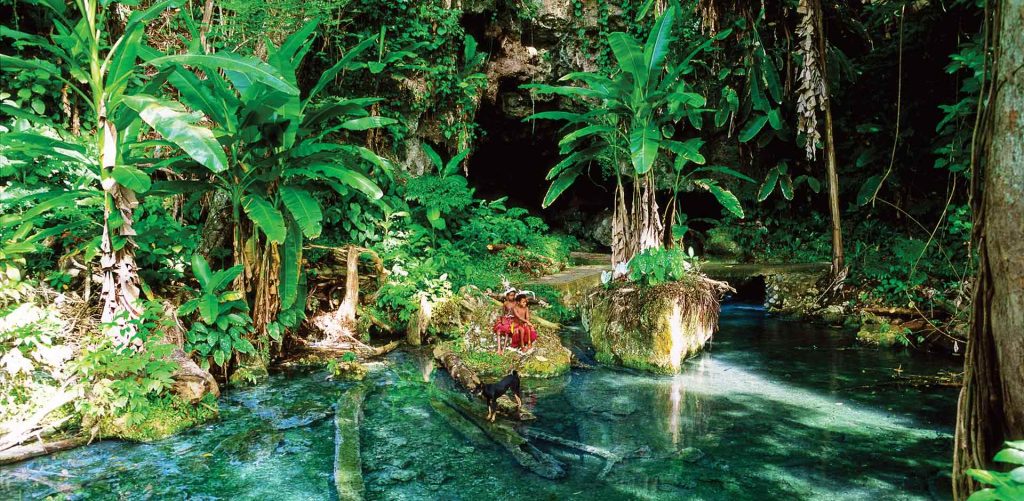
Juru Wildlife Reserve in Papua New Guinea is a crucial sanctuary for conserving the region’s unique biodiversity, including rare species like the Matschie’s tree kangaroo and the bird of paradise.
This reserve offers guided tours through its lush rainforests, providing opportunities to witness the rich flora and fauna and learn about the local conservation efforts directly from the communities involved.
The reserve’s commitment to protecting its wildlife and supporting sustainable community practices makes it an exemplary model of conservation in action.
Key Highlights
Home to unique and endangered species like the Matschie’s tree kangaroo.
Engages local communities in conservation and sustainable practices.
- Best time to visit: May to October for drier weather and better wildlife spotting.
- Accommodation options: Eco-lodges and local homestays.
- Popular activities: Guided rainforest tours, wildlife photography, and cultural exchanges.
- Community conservation: Support local initiatives by participating in community-led conservation efforts.
Middle East
23. Jebel Ali Wildlife Sanctuary, United Arab Emirates
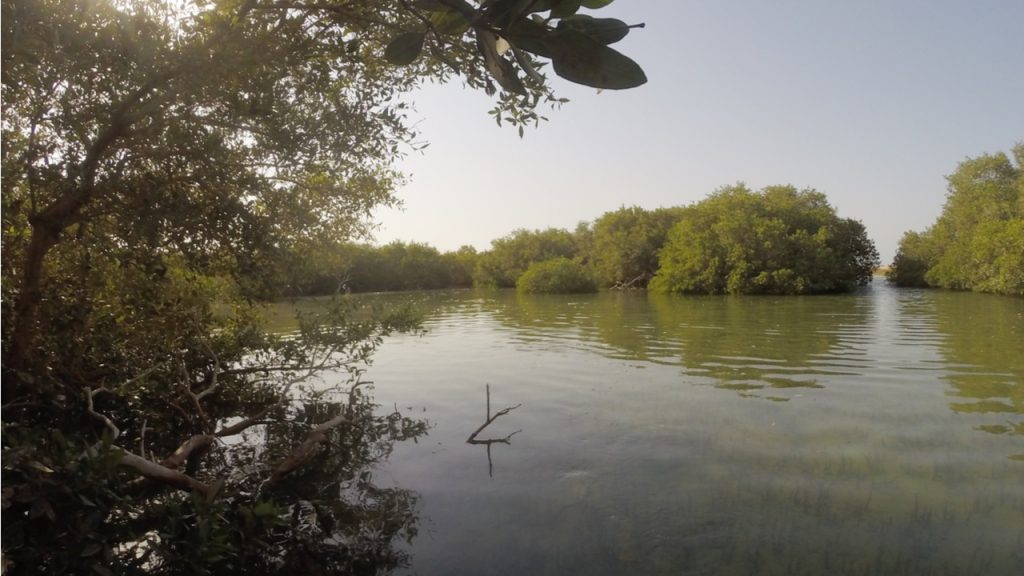
Jebel Ali Wildlife Sanctuary in the United Arab Emirates serves as an oasis of biodiversity amidst the desert landscape.
This sanctuary is notable for its rich marine ecosystems, including coral reefs and mangrove forests, which are crucial for various marine species.
Guided tours and snorkeling excursions allow visitors to explore the underwater habitats and see diverse marine life, including sea turtles and various fish.
The sanctuary is also an important site for bird migration, making it a popular destination for birdwatchers worldwide.
Key Highlights
Protects important marine ecosystems such as coral reefs and mangroves.
A vital migration stopover for numerous bird species.
- Best time to visit: November to March for cooler temperatures and optimal wildlife viewing.
- Accommodation options: Nearby luxury resorts and hotels.
- Popular activities: Snorkeling, bird watching, and environmental education tours.
- Bird migration education: Join guided birdwatching tours and participate in migratory studies.
Conclusion
The reserves highlighted in this article, from the lush rainforests of Juru Wildlife Reserve to the rugged canyons of Jökulsárgljúfur National Park, showcase the incredible diversity of our planet’s natural treasures.
Preserving these sanctuaries is crucial for safeguarding vulnerable species, maintaining ecological balance, and ensuring future generations can experience nature’s wonders.
So what’s next? Explore and support these reserves through responsible tourism.
Visit their websites to learn about conservation initiatives and discover how you can contribute.
By visiting and promoting these natural gems, we play a vital role in their protection.

